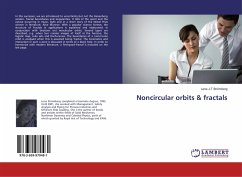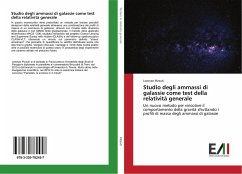
Brittleness
Versandkostenfrei!
Versandfertig in 6-10 Tagen
30,99 €
inkl. MwSt.

PAYBACK Punkte
15 °P sammeln!
A material is brittle if it is liable to fracture when subjected to stress. That is, it has little tendency to deform before fracture. This fracture absorbs relatively little energy, even in materials of high strength, and usually makes a snapping sound. When used in materials science, it is generally applied to materials that fail in tension rather than shear, or when there is little or no evidence of plastic deformation before failure. When a material has reached the limit of its strength, it usually has the option of either deformation or fracture. A naturally malleable metal can be made st...
A material is brittle if it is liable to fracture when subjected to stress. That is, it has little tendency to deform before fracture. This fracture absorbs relatively little energy, even in materials of high strength, and usually makes a snapping sound. When used in materials science, it is generally applied to materials that fail in tension rather than shear, or when there is little or no evidence of plastic deformation before failure. When a material has reached the limit of its strength, it usually has the option of either deformation or fracture. A naturally malleable metal can be made stronger by impeding the mechanisms of plastic deformation, but if this is taken to an extreme, fracture becomes the more likely outcome, and the material can become brittle. Improving material toughness is therefore a balancing act.












